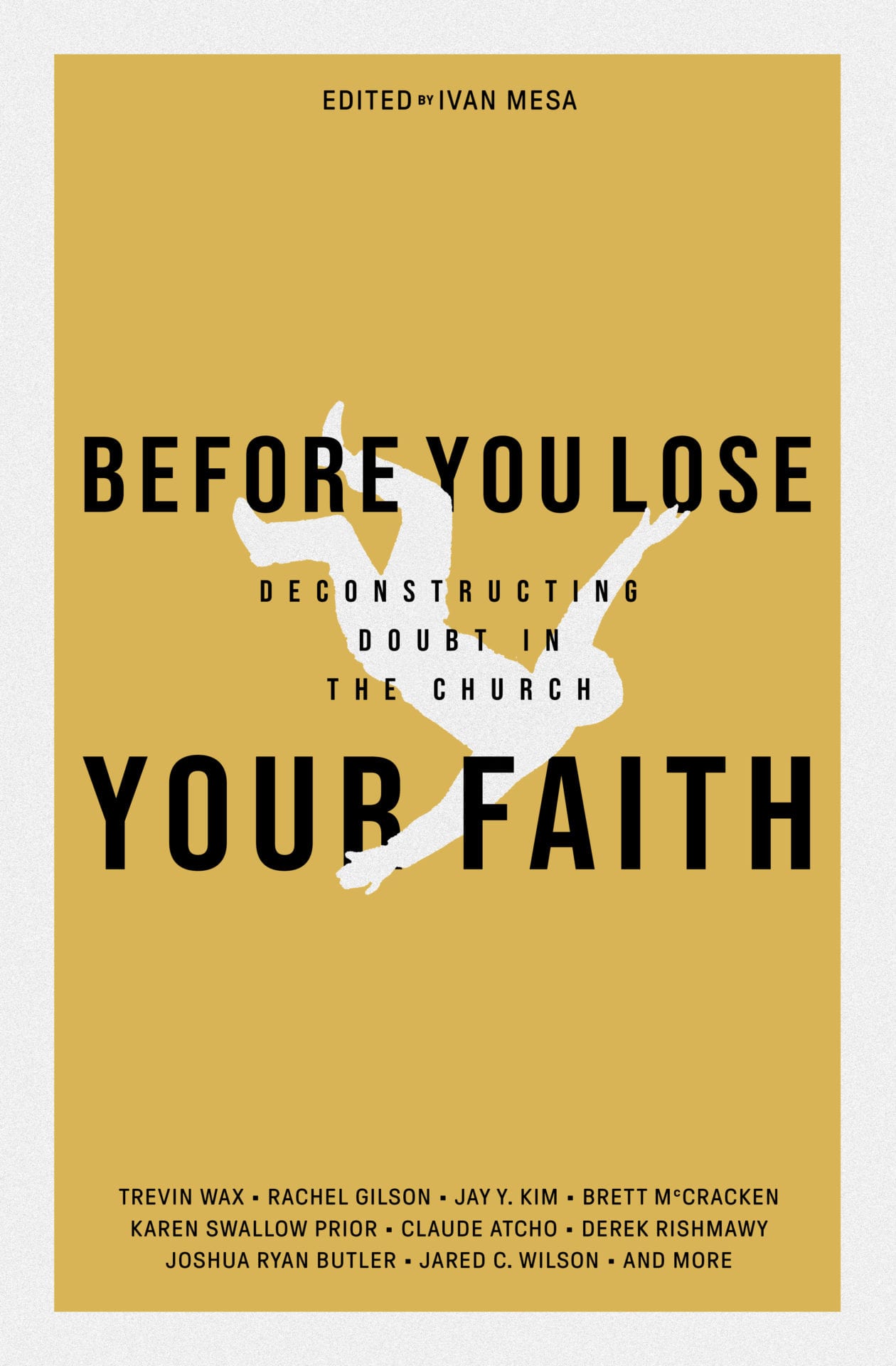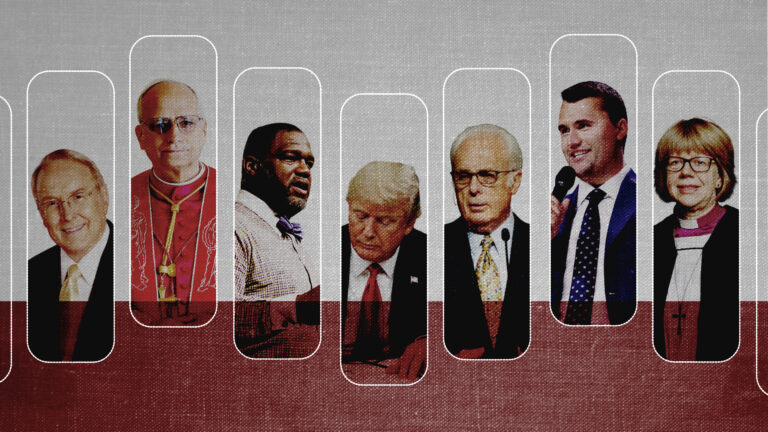The Story: Last week a unanimous jury sentenced Dylann Roof to death for killing nine black churchgoers as they attended Bible study in Charleston, South Carolina, in June 2015. Should Christians still hope for Roof’s rehabilitation?
The Background: Last June, 21-year-old white supremacist Dylann Storm Roof joined a prayer meeting inside Emanuel AME Church, an historic black church, and then fatally shot nine of the twelve people in attendance. Roof sat through the Wednesday night meeting for nearly an hour before killing six women and three men, including the pastor. (The victims were Cynthia Hurd, 54; Susie Jackson, 87; Ethel Lance, 70; the Rev. DePayne Middleton-Doctor, 49; the Hon. Rev. Clementa Pinckney, 41; Tywanza Sanders, 26; Rev. Daniel Simmons Sr., 74; Rev. Sharonda Singleton, 45; and Myra Thompson, 59.)
When a man in the church pleaded with Roof to stop, the shooter replied, “You rape our women and you're taking over our country. And you have to go.”
Characterized by law enforcement officials as “unrepentant and unashamed,” Roof confessed to the crimes, saying he wanted to start a “race war.” He almost didn’t go through with the killing, though, because “everyone was so nice to him.”
Last month a jury of nine whites and three blacks found Roof guilty on guilty of 33 federal charges related to the shootings. At his sentencing last week, a unanimous jury sentenced him to die, making Roof the first federal hate-crime defendant to be sentenced to death. Roof also faces 13 charges in South Carolina, for which he could also receive the death penalty.
What It Means: The reaction to Roof’s sentencing has rekindled discussions about whether Christians should support capital punishment (TGC plans to soon post two articles presenting opposing sides on that issue.) But an overlooked concern is for the rehabilitation of this currently unrepentant murderer.
The idea Roof could be rehabilitated strikes some people as absurd. After all, even if he manages to escape execution he’ll be held in prison for the rest of his life. What would be the point of rehabilitation?
We tend to think of rehabilitation strictly as a means of restoring a criminal to society. This perspective leads some Christians to reject execution of criminals since it cuts off any hope for rehabilitation. And even defenders of capital punishment focus almost exclusively on the deterrent or retributive values of the death penalty, and concede that it has no rehabilitative function.
But this is an ahistorical perspective that would have been rejected by Christians from earlier eras. As Meghan J. Ryan, assistant professor of law at Southern Methodist University explains, when the death penalty was first imposed in this country, it was meant to encourage offenders’ repentance. “Rehabilitation was one of the primary reasons that capital punishment was imposed in early America,” Ryan notes, “and there are several stories of brutal murderers being rehabilitated on death row.” Ryan also notes that one of the definitions offered by the Oxford English Dictionary for the term “rehabilitation” is “improvement of the moral state of a person, the soul, etc.”
Ryan quotes law professor Stuart Banner, author of The Death Penalty: An American History, as saying, ““[c]apital punishment was . . .understood in the seventeenth and eighteenth centuries to facilitate the criminal’s repentance,” and that “[i]n this respect a death sentence was of inestimable value.”
“Even men condemned to die were still valued as children of God,” Banner says, “who could at least symbolically achieve reintegration into society.” He also writes there was “a consensus about the importance of the criminal’s salvation” to be secured by the power of the impending execution to focus an offender’s attention on his redemption.
This “rehabilitation through redemption” was integral to the way the death penalty was carried out. Ryan notes, “The offender’s rehabilitation was so central to the reasoning behind capital punishment in early America that the authorities afforded capital offenders a rather significant period of time before the sentence was carried out so that the offenders had opportunity to repent.”
Today, inmates spend approximately 13 years on death row before their executions. “During this extensive period, they have little to do other than contemplate their deaths and how they arrived at this place,” Ryan says. “This is a time during which one might see a transformation in capital offenders.”
There have been several cases of prisoners turning to God when facing execution, such as ax murderer Karla Faye Tucker (executed in 1998) and Crips co-founder Stanley “Tookie” Williams III (executed in 2005). And there are Christian organizations and ministries, such as Prison Fellowship and the Tim Tebow Foundation, that directly minister to inmates on death row. But in general the Christian community in America has largely adopted the modern, truncated notion of rehabilitation to be solely about societal re-integration. The result is that we become dismissive of “jailhouse coversions,” assuming that they must be a ploy since claiming someone has been “rehabiliated” means they are deserving of leniency. We have forgotten what our ancestors knew: that rehabilitation of character is a worthy end in itself, even for those who will never live outside of prison walls.
Whatever our views on capital punishment, as Christians we should consider why we’ve neglected repentance and conversion as a necessary aspect of rehabilitation. As citizens we have an interest in a criminal’s return to society, when appropriate. But as Christians we have an even greater concern for the state of the criminal’s soul. That’s why we need to develop a broader understanding of how we can help inmates who will die in prison to restore their broken relationship, not just with humankind, but also with their Creator.
While we may disagree with whether justice for Roof entails execution or life in prison, all Christians should be united in concern for both his temporal and ultimate rehabilitation.
See also: Rachel Watson, “Sharing Heaven with Serial Killers”
Free Book by TGC: ‘Before You Lose Your Faith’
 Many young people are walking away from Christianity—for reasons ranging from the church’s stance on sexual morality, to its approach to science and the Bible, to its perceived silence on racial justice.
Many young people are walking away from Christianity—for reasons ranging from the church’s stance on sexual morality, to its approach to science and the Bible, to its perceived silence on racial justice.
TGC’s book Before You Lose Your Faith: Deconstructing Doubt in the Church is an infusion of hope, clarity, and wisdom in an age of mounting cynicism toward Christianity.
For anyone entering college or the workplace and looking for a timely reminder of why Christianity is good news in a skeptical age, make sure to get your FREE ebook Before You Lose Your Faith today!


































